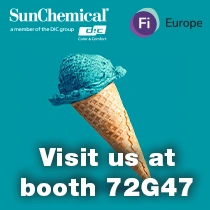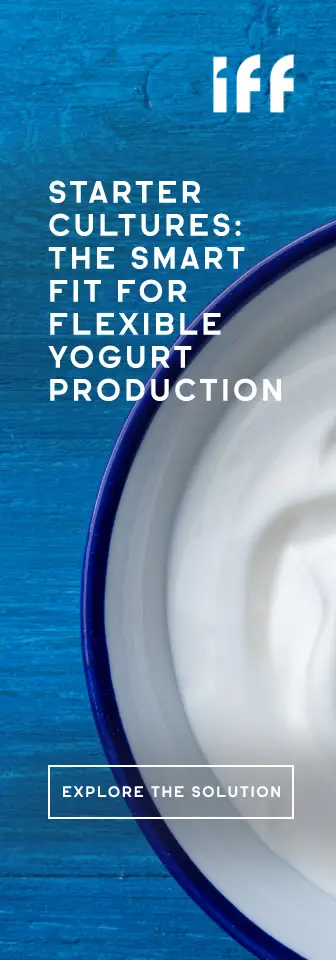Anuga 2025 live: Experts urge transparency on New Genetic Techniques amid EU deregulation plans
Key takeaways
- Organic and Non-GMO proponents urged Germany’s agriculture minister to maintain transparency as the EU moves toward deregulating NGTs.
- Removing NGT labeling could reduce consumer trust and threaten Europe’s GMO-free and organic sectors.
- Clear, transparent rules are required to preserve coexistence, traceability, and the integrity of the European food system.
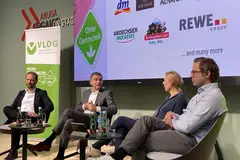 Eric Gall (IFOAM), Alexander Hissting (VLOG), Heike Moldenhauer (ENGA), and Fritz Konz (Tegut) at the panel discussion (Image credit: VLOG).
Eric Gall (IFOAM), Alexander Hissting (VLOG), Heike Moldenhauer (ENGA), and Fritz Konz (Tegut) at the panel discussion (Image credit: VLOG).Organic and non-GMO advocates are demanding “strong, reliable regulations” for labeling and coexistence for new genetic techniques (NGT) as the EU moves to deregulate them. The appeal was made to Germany’s Agriculture Minister, Alois Rainer, during a panel discussion at the Anuga 2025 event held in Cologne, Germany (October 4-8).
The session, titled “New rules for new GMOs: What is in store for the organic and conventional Non-GMO sector?” highlighted the upcoming challenges that the planned EU deregulation of NGTs presents, especially for the organic and “Ohne Gentechnik” (Non-GMO) sectors.
Under the current GMO legislation, NGTs are regulated just as all other GMOs, which is how it should be, Alexander Hissting, managing director of the Association Food without Genetic Engineering (VLOG), tells Food Ingredients First. He participated in the discussion with Eric Gall, deputy director of IFOAM Organics Europe and Fritz Konz, head of Quality and Sustainability at German retailer Tegut.
“Unfortunately, the EU Commission is planning to introduce new legislation specializing in NGT. According to the plan of the Commission, almost all NGT products would enter the food market without risk assessment, analytical detection methods, and labeling beyond the seed stage,” says Hissting.

The plan was stalled earlier this year because the European Parliament, Commission, and Council could not agree on key issues such as whether NGT foods should still be labeled for consumers, protecting organic and non-GMO production, and handling patents on NGT seeds and plants.
The next trialogue consultations between the authorities are scheduled for mid-October in Brussels, Belgium.
Transparency for consumers
The experts agreed that consumers must continue to know when foods involve genetic engineering. They warned that if NGT products lose labeling, shoppers will no longer be able to recognize which foods are GMO-free.
“The current GMO legislation has a labeling loophole on animal-derived products,” flags Hissting.
“Milk, eggs, or meat do not need to be labeled even if the animals have been fed with GMO-labeled feed. This gave way to the introduction of the “Ohne GenTechnik” (Non-GMO) label in Germany.”
If the labeling loophole gets bigger because all NGTs (food and feed ingredients) are no longer labeled, “the need for transparency by a voluntary non-GMO label increases as well,” he warns.
The panel also addressed this message directly to Rainer, who spoke directly afterwards at the “Organic Stage” of Anuga 2025. It is “very questionable” whether there would be a future genetic engineering labelling requirement for NGT in end products, Rainer said.
Meanwhile, Hissing underscores that the solution lies in consumer awareness. “The only possibility adequate for a democracy and market economy goes down the path of information and transparency that enables an educated choice by consumers.”
For Tegut’s Konz, the issue concerns much more than transparency. “It is also about the values of our society, which should in principle be non-negotiable,” he said during the session. He called on the minister to make these principles clear and non-negotiable.
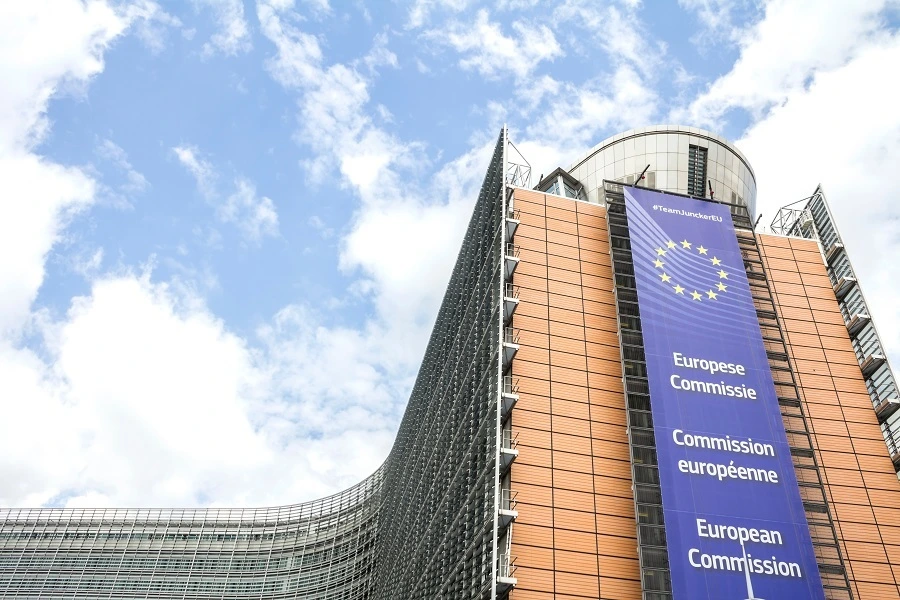 The EU Commission plans to introduce new legislation that would allow most NGT products to enter the market without risk assessment or labeling beyond the seed stage.
The EU Commission plans to introduce new legislation that would allow most NGT products to enter the market without risk assessment or labeling beyond the seed stage.
Preserving European food systems
VLOG notes that the panel emphasized the “great economic importance of a functioning GMO-free food industry,” and what is urgently needed to preserve it.
In Germany, the sales of Non-GMO and organic food products amount to up to €17 billion (US$19.8 billion) per year, notes Hissting. Milk and dairy products accounted for the largest share (67%) of consumer spending on food with the “Ohne GenTechnik” seal in 2024, says VLOG, which is responsible for awarding and monitoring the seal.
Poultry meat products accounted for 21%, eggs for 10%, and other products for 2%.
IFOAM’s Gall called for the European food production system, which differs from that of the US, to be preserved. “We have a diverse food system here. The added value of European food lies above all in its quality, image, and reputation. This includes European consumers and producers resolutely rejecting genetic engineering,” he said during the session.
“This strength of the European food industry must be preserved, with transparency — and also with a clear commitment by politicians to protect farmers, breeders and the food industry from the private appropriation of genetic resources through patents.”
Hissing agrees that transparency is needed to ensure that the new GNT transition supports both innovation and consumer confidence in the food system.
“No innovation will receive acceptance in the long run if its use is kept secret from consumers. Lack of transparency breeds mistrust.”
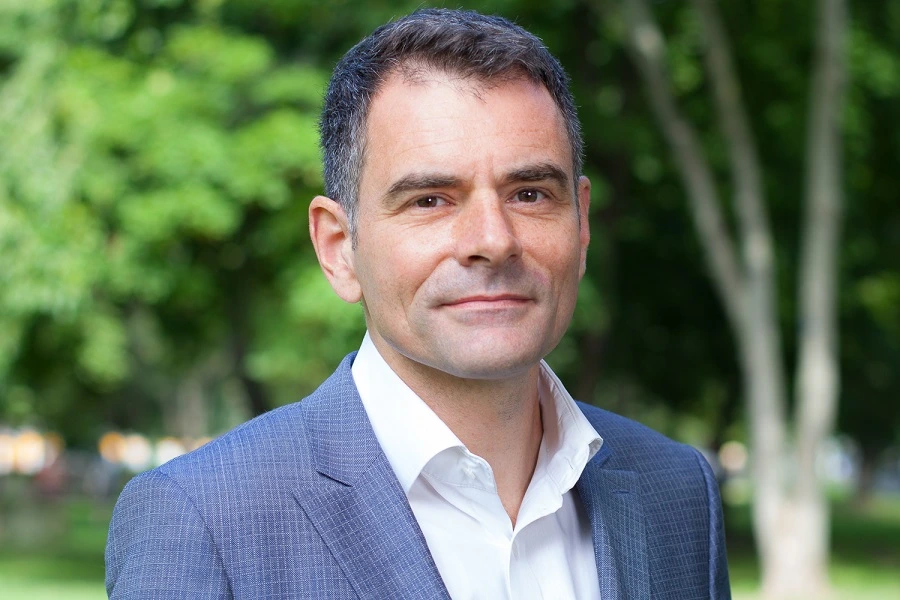 Current GMO rules already have a labeling loophole for animal products, which could widen if NGTs are exempt, according to Hissting.
Current GMO rules already have a labeling loophole for animal products, which could widen if NGTs are exempt, according to Hissting.
Increasing labeling reliance
The session highlighted that the food industry still needs good and reliable rules for labeling and coexistence for NGTs.
“The basis for coexistence in agriculture is transparent information on where GMOs/NGT are cultivated. Current GMO legislation in Germany, for example, stipulates a publicly accessible register in which all genetically modified cultivation areas are recorded,” Hissting notes.
“To minimize outcrossing from GMO/NGT fields to others, a defined spacing between them could be legally prescribed. Further down the production chain, it needs clearly defined cleaning protocols at the stages of harvest, transport, and processing in order to avoid cross-contamination.”







